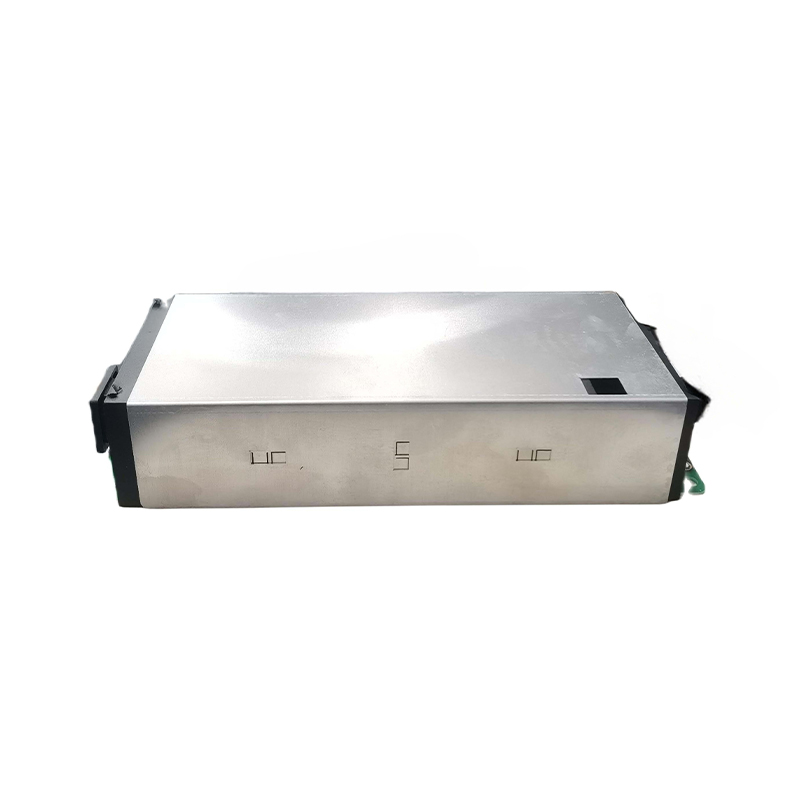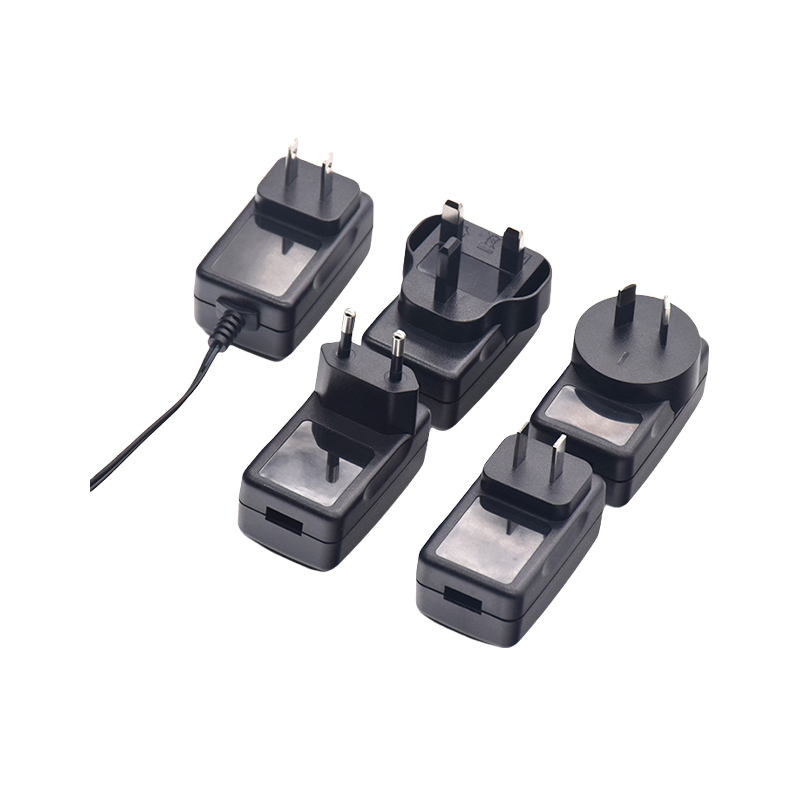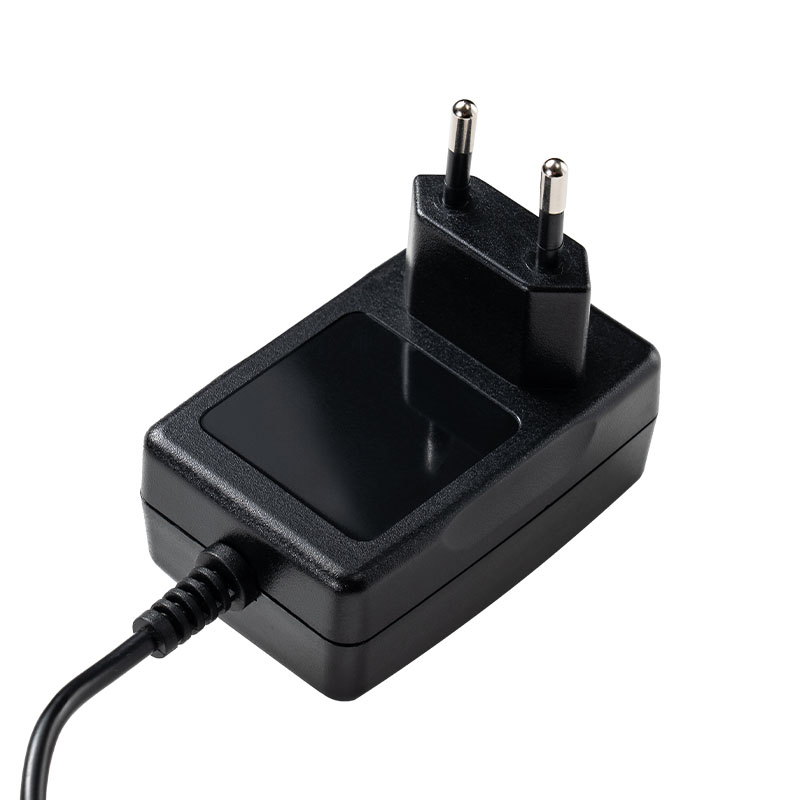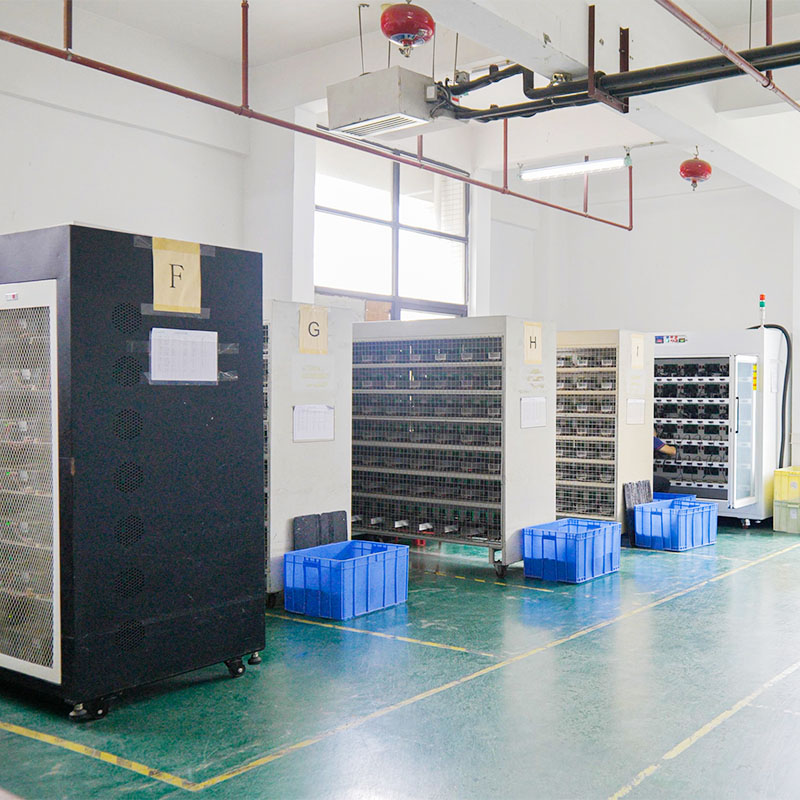With the increasing complexity and diversity of modern electronic devices, power systems are no longer simply "power boxes" but are evolving into highly customized, intelligent energy hubs.
- +86-13424225692
- pengshengye123@163.com
- 3rd Floor, Block B, Building 1, Aishang Industrial Park, No. 108 Honghu Road, Yanchuan Community, Yanluo Street, Bao'an District, Shenzhen City







